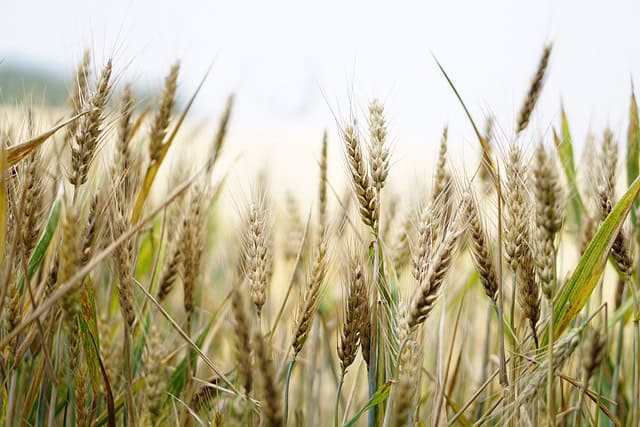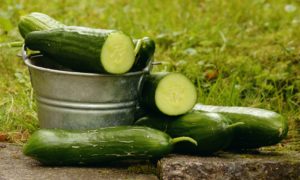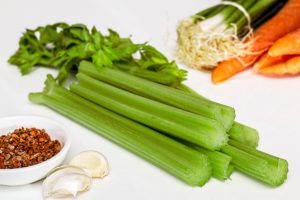Harvesting wheat at home might seem like a daunting task, but with some knowledge and preparation, it can be an incredibly rewarding experience. Whether you have a sprawling garden or a small backyard, growing and harvesting your own wheat can provide you with fresh grains while connecting you with the rhythms of nature. Here’s everything you need to know about growing and harvesting wheat at home.
Understanding Wheat: The Basics
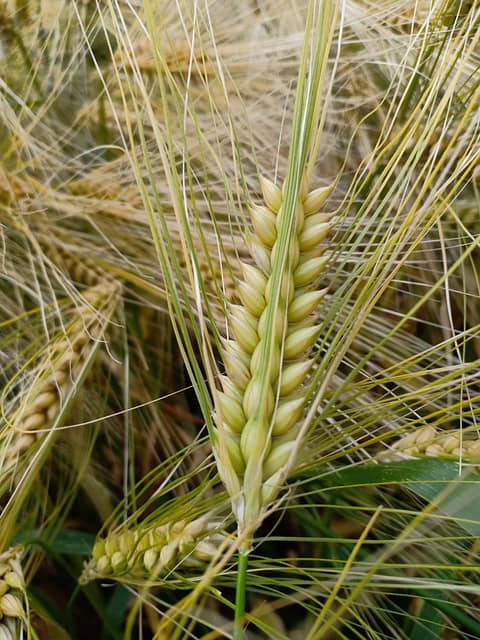
Wheat is one of the most widely cultivated cereal grains in the world, and it can be a great addition to your home garden. Before you start, it’s important to know the different types of wheat. Hard red wheat is excellent for bread-making, while soft white wheat is perfect for pastries and cakes. There’s also durum wheat, which is used for pasta. Depending on your culinary needs, choose the variety that best suits your kitchen.
Planting Wheat
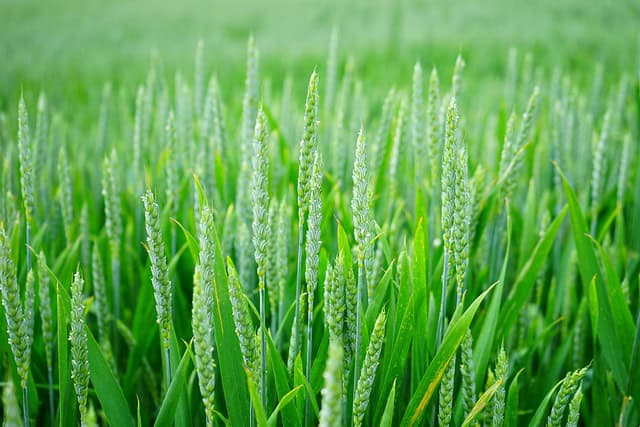
Selecting the Right Time: The best time to plant wheat depends on your climate. In most regions, winter wheat is sown in the fall and harvested in the summer, while spring wheat is planted in early spring and harvested in late summer.
Choosing the Right Location: Wheat thrives in full sun. Select a location in your garden that receives at least 6-8 hours of sunlight each day.
Preparing the Soil: Wheat prefers well-draining soil with a pH level of 6.0 to 7.5. Amend the soil with compost or organic matter to enhance its fertility. You can perform a simple soil test to ensure that your soil has the right nutrients.
Sowing the Seeds: Plant wheat seeds about 1-2 inches deep and 6-8 inches apart. For a more compact crop, you can use a broadcast method, where you scatter seeds evenly across the surface and lightly rake them in.
Caring for Your Wheat
Watering: Wheat requires consistent moisture, especially during the germination period and heading stage. However, be careful not to overwater, as this can lead to root rot.
Weed Control: Keep your wheat field weed-free, especially in the early stages of growth. Hand-pulling weeds or using organic mulch can be effective methods for managing weeds without chemicals.
Fertilization: Depending on your soil’s nutrient levels, you may need to fertilize your wheat crop. A balanced, all-purpose organic fertilizer can provide the necessary nutrients without harmful chemicals.
When to Harvest
Timing your harvest is crucial for ensuring the best quality grains. Wheat is ready to harvest when the grains are hard and the stalks have turned a golden-brown color. This is usually about 90-120 days after planting, depending on the wheat variety. To check if your wheat is ready, pinch a grain between your fingers; it should feel firm and not mushy.
Harvesting Your Wheat
Gathering Tools: You’ll need a few essential tools for harvesting wheat, including a scythe or sickle for cutting, a bag for collecting the grains, and perhaps some gloves to protect your hands.
Cutting the Stalks: Use your scythe or sickle to cut the stalks of wheat at the base, just above the ground. Work in small sections to ensure you don’t miss any stalks.
Collecting the Grains: After cutting, bundle the stalks together and tie them with twine or string to create small sheaves. Allow the sheaves to dry in a well-ventilated area for several days.
Threshing and Storing
After your wheat has dried, it’s time to separate the grains from the chaff. This process, known as threshing, can be done by hand; simply beat the stalks against a hard surface or rub the grains out with your hands. Once you have collected the grains, store them in airtight containers in a cool, dry place to keep them fresh.
The Joy of Home-Milled Flour
One of the greatest rewards of harvesting your own wheat is being able to enjoy fresh flour. If you’re interested in milling your own flour, consider investing in a home grain mill. Freshly milled flour is not only healthier but also enhances the flavors of baked goods.
Conclusion
Harvesting wheat at home can be a fulfilling way to reconnect with nature and embrace sustainable living. With a little patience and effort, you can enjoy the fruits of your labor in the form of fresh grains, home-milled flour, and, ultimately, delicious meals. Whether you’re creating homemade bread, pastries, or pasta, there’s something incredibly satisfying about using wheat you’ve grown and harvested yourself. So roll up your sleeves, gather your gardening tools, and experience the joys of homegrown wheat. Happy harvesting!


